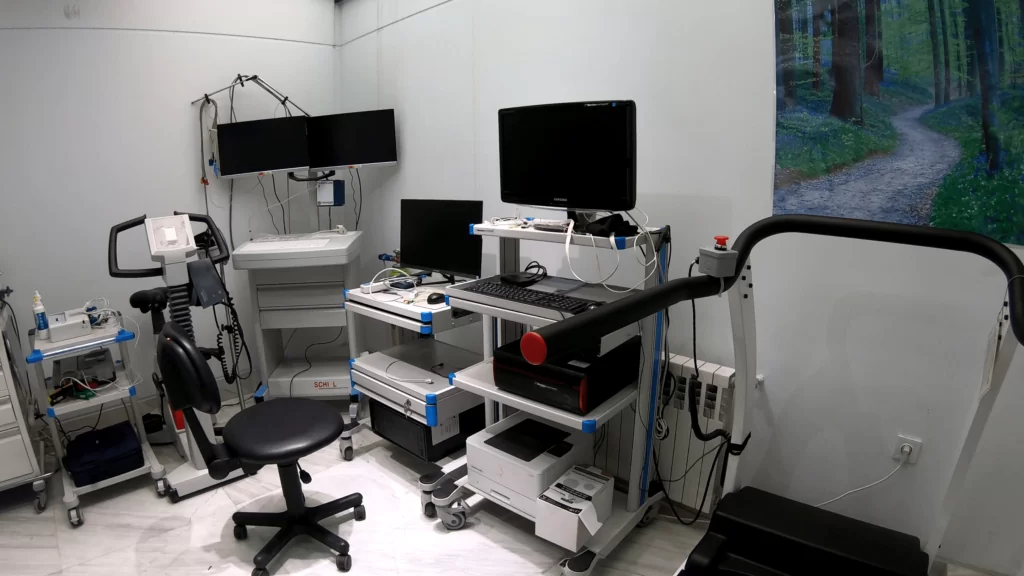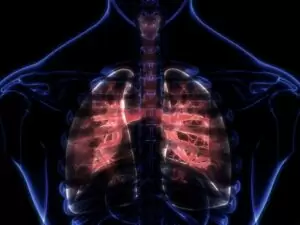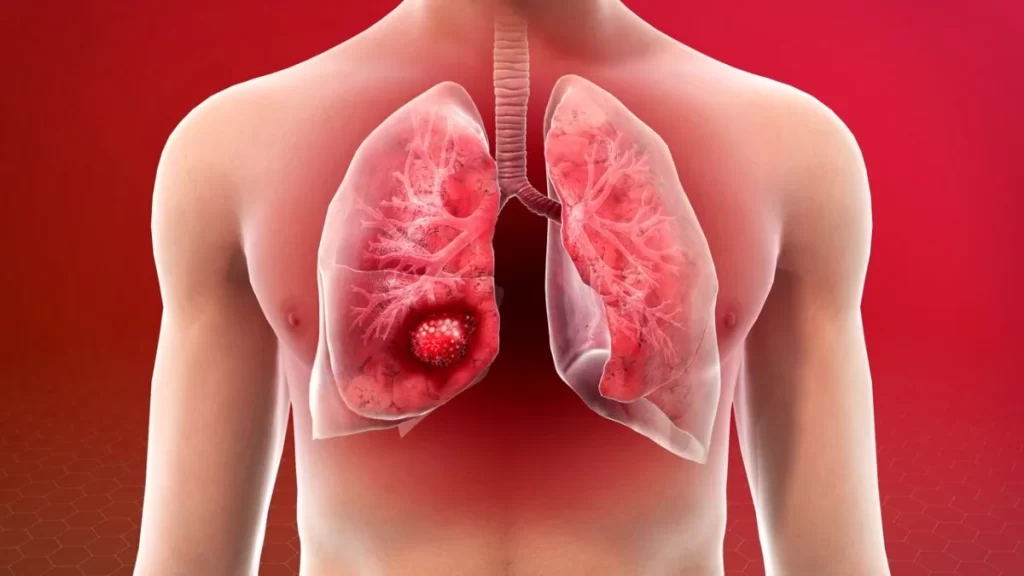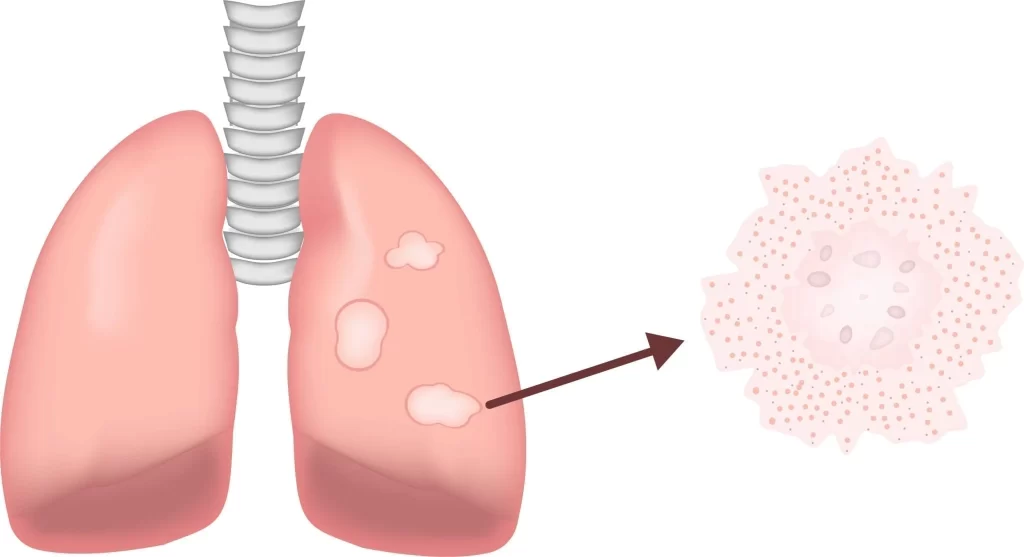Tracheal stenosis: Causes, symptoms, diagnosis, and treatment
Tracheal stenosis refers to the narrowing of the trachea and can be caused by several factors. Previous medical measures such as tracheostomy or intubation are the general causes of tracheal stenosis. However, this condition may well be caused by some diseases. The present article discusses tracheal stenosis. Stay with us.
Tracheal stenosis is treated by Dr. Arda Kiani, a pulmonologist, in Iran.

What is tracheal stenosis?
Tracheal stenosis refers to the narrowing of the trachea. Tracheal stenosis can affect various parts of the trachea and come in various dimensions. In most cases, Tracheal stenosis is developed gradually. Tracheal stenosis can be caused by several factors. This condition is rarely congenital. Patients usually develop the condition during their lives. For instance, the condition may be developed fur to a tumor, damages due to prolonged intubation, or tracheostomy. Some diseases such as enlarged thyroid gland (goiter) or infections are also associated with Tracheal stenosis.
Shortness of breath is among the main symptoms of tracheal stenosis, which may initially be felt during physical exercise and later develop in the resting state as well. Audible breathing sounds are also among the common symptoms of this condition. Over the long term, sufficient air does not get into the lungs due to the trachea narrowing, limiting the oxygen supply. Physicians use various methods to treat tracheal stenosis.
Which people develop tracheal stenosis?
There are no accurate statistics on the prevalence of tracheal stenosis. Tracheal stenosis can influence patients at any age as it could stem from various reasons such as intubation or tracheostomy. Such measures could do damages that would eventually lead to tracheal stenosis.

Why does one develop tracheal stenosis?
There are various reasons for tracheal stenosis. Tracheal stenosis could be congenital (rarely) or have developed during life. Trachea damages or various diseases are also among the leading causes of tracheal stenosis. Gradual tracheal stenosis development could be due to the following:
- Scars
- Tumors
- Enlarged thyroid gland (goiter)
- Inflammation
What are the symptoms of tracheal stenosis?
Symptoms usually do not manifest suddenly, but grow over time. The symptoms intensify as the trachea narrows. The following are the symptoms of tracheal stenosis:
- Shortness of breath
- Audible breathing (stridor)
- Coughing
Tracheal stenosis treatment process and course
If treated in time, tracheal stenosis has a good course and prognosis. Patients can return to a normal life without any symptoms and cope well with daily life. If remained untreated, shortness of breath increases. Treatment of tracheal stenosis always depends on its cause; however, the severity and location of the trachea also influence the choice of treatment. Your age, general health, and personal preferences also matter. Make sure to consult with your doctor regarding the treatment method before treatment. Treatment options, some of which are minimally invasive, include:
- Laser surgery
- Stenting
- Trachea widening
-

problems of patients and the medical community
27 خرداد 1402 -

Lung clinic
8 خرداد 1402 -

Long COVID
8 خرداد 1402 -

Sarcoidosis Clinic
8 خرداد 1402 -

?What is lung cancer, and how is it treated
8 خرداد 1402 -

Sarcoidosis and pulmonary fibrosis
8 خرداد 1402 -

What exactly is foreign body aspiration?
8 خرداد 1402 -

How are pulmonary function tests؟
8 خرداد 1402 -

Everything you require to know about the polysomnography
8 خرداد 1402 -

?How is pulmonary rehabilitation carried out
8 خرداد 1402





